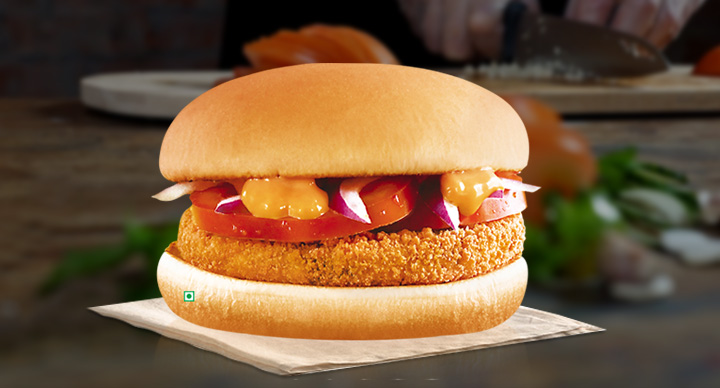How McDonald's Successfully Entered the Indian Market: A Cultural Approach
This week's post is inspired by chapters 10 and 11 of the Kerin textbook, which explore global marketing strategies and product management. The case study of McDonald's entry into the Indian market serves as an excellent example of how understanding and adapting to cultural differences can drive success in a foreign market.
When McDonald's entered the Indian market, it faced the challenge of a population that largely doesn't consume beef due to religious beliefs. Understanding and respecting cultural nuances was key to McDonald's strategy in capturing market share in India.
India's dietary preferences are influenced by religious beliefs and traditions. For many Hindus, cows are sacred, and beef consumption is prohibited. Additionally, a significant number of Indians are vegetarians. McDonald's realized it needed to adapt its menu to these preferences.
 |
| McDonald's McAloo Tikki Burger |
Comments
Post a Comment